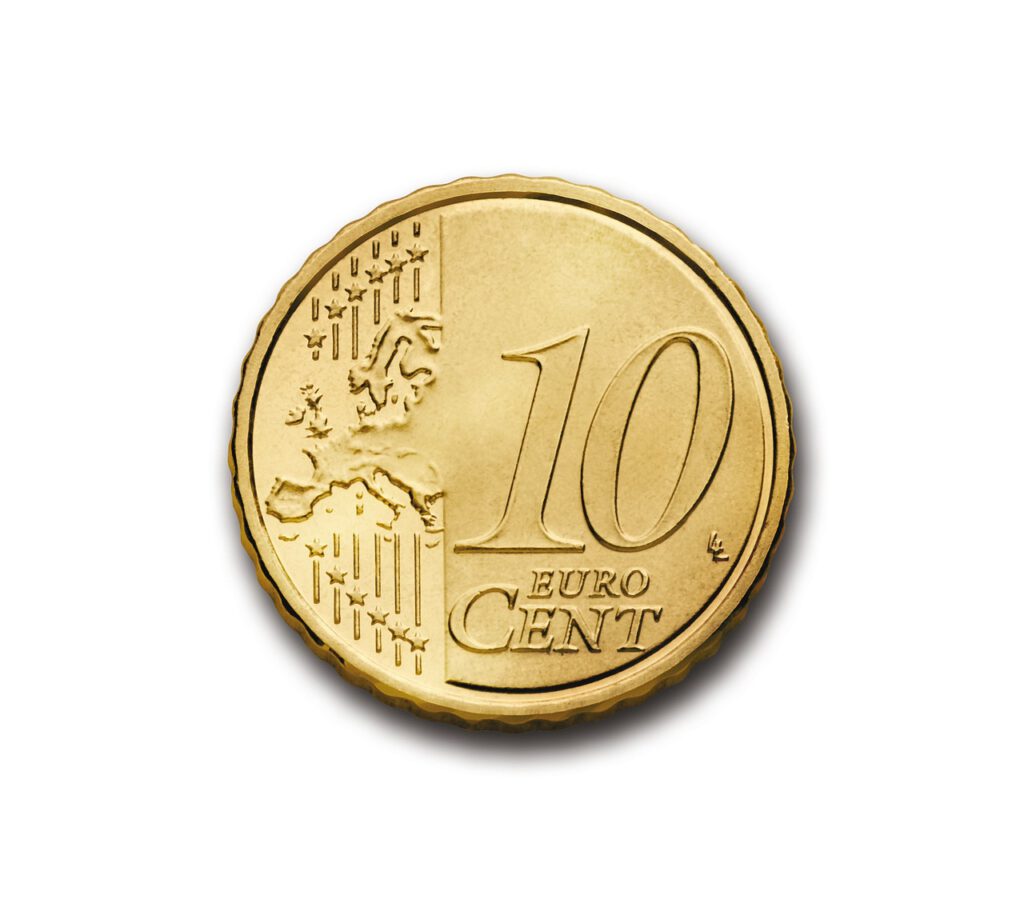Economic Uncertainty

Economic uncertainty is a significant factor causing Americans to delay major purchases. Many are apprehensive about the future, as economic indicators like inflation and potential recession loom large. A recent survey from the Federal Reserve indicated that nearly 60% of consumers feel uneasy about the economy’s stability. These fears are not unfounded, given the unpredictable nature of global markets. With such apprehension, individuals are less inclined to spend substantial amounts on houses or vehicles. Instead, they might opt to conserve resources until they feel more secure about their financial future. This cautious approach reflects a broader trend of prudent financial management amidst uncertain times.
Rising Interest Rates

Interest rates have seen a noticeable climb, making the financing of major purchases more costly. The Federal Reserve’s decision to increase rates to combat inflation has led to higher mortgage and auto loan costs. For example, the average mortgage rate has surpassed 7%, a stark rise from previous years. This escalation in borrowing costs acts as a deterrent for many potential buyers. High interest rates can make monthly payments for homes and cars significantly more burdensome. Consequently, many Americans are choosing to delay these purchases, waiting for a more favorable economic climate to avoid hefty financial commitments.
Inflation Pressures

Inflation remains a persistent challenge, affecting consumer behavior across the board. The Consumer Price Index (CPI) recorded an 8.2% year-over-year increase in September 2023, signaling a rise in the cost of living. This increase forces consumers to prioritize essential expenditures over luxury or discretionary items. With everyday goods and services becoming more expensive, many Americans find themselves tightening their belts. The focus shifts to necessities, leaving larger purchases on the back burner. As inflation continues to pressure wallets, the delay in buying big-ticket items becomes a practical decision for many households.
Supply Chain Issues

Supply chain disruptions have become a common narrative, contributing to the delay in major purchases. Consumers frequently encounter unavailable items or extended wait times for products like electronics and vehicles. According to the National Retail Federation, around 70% of retailers are grappling with supply chain challenges, impacting inventory levels and consumer confidence. When desired products are not readily available, or when delivery timelines are uncertain, consumers hesitate to commit. This bottleneck in availability further discourages significant spending, as many choose to wait for more stable supply conditions.
Job Market Volatility

The job market, despite maintaining a low unemployment rate, has experienced volatility in certain sectors. Industries such as technology have witnessed notable layoffs, causing concern among workers. The Bureau of Labor Statistics reports that while unemployment remains low, the instability in specific sectors fosters a sense of insecurity. This uncertainty about job security and potential income reduction makes consumers cautious about spending. Many prefer to hold onto their savings, fearing future financial hardships. This hesitance is a natural response to an unpredictable employment landscape.
Changing Consumer Priorities

There has been a noticeable shift in consumer priorities, with many individuals focusing more on saving than spending. A study by Bankrate revealed that 52% of Americans are prioritizing building their emergency savings over making large purchases. This change in mindset signifies a cautious approach to financial management. In times of economic uncertainty, having a financial safety net becomes paramount. Consumers are increasingly aware of the importance of savings, opting to delay major expenses to bolster their financial security. This prudent behavior reflects a broader trend of financial consciousness among Americans.
Increased Savings Rates

Despite economic challenges, many Americans have been increasing their savings rates. In August 2023, the personal savings rate rose to 9.5%, up from 7.5% the previous year. This trend underscores a preference for saving over immediate spending on large purchases. By choosing to save, consumers are preparing for future needs and potential uncertainties. This behavior illustrates a strategic approach to financial planning, as individuals prioritize building a financial cushion. The increased savings rate is a testament to the importance placed on financial preparation in the current economic climate.
Consumer Confidence Decline

Consumer confidence has seen a decline, impacting spending habits. The Conference Board’s Consumer Confidence Index fell to 95.7 in September 2023, reflecting concerns about the economy and personal financial situations. When confidence wanes, consumers naturally become more cautious about spending. This reluctance to make significant purchases stems from a lack of confidence in economic stability. As consumers focus on safeguarding their finances, large expenditures become less appealing. The decline in consumer confidence serves as a barometer for economic sentiment, influencing purchasing decisions across the board.
Technological Advancements

The rapid pace of technological advancements has influenced consumer purchasing behavior. Many individuals are opting to wait for the next iteration of a product before making a purchase. In the automotive industry, for example, consumers are delaying car purchases in anticipation of improved features or reduced prices. This waiting game reflects an understanding of the fast-evolving tech landscape. With constant upgrades and innovations, consumers are wary of committing to products that might soon become outdated. The delay in purchases is a strategic decision, as buyers seek the best value for their investments.
Social Media Influence

Social media has become a powerful influence on consumer behavior, affecting decision-making processes. Platforms like Instagram and TikTok have cultivated a culture of comparison, where users seek validation and opinions before making significant purchases. This trend causes consumers to delay purchases until they feel confident in their choices. The impact of social media on consumer decision-making is undeniable, as it shapes perceptions and preferences. Before committing to a major purchase, many individuals turn to social media for guidance, further contributing to the trend of delayed spending.



